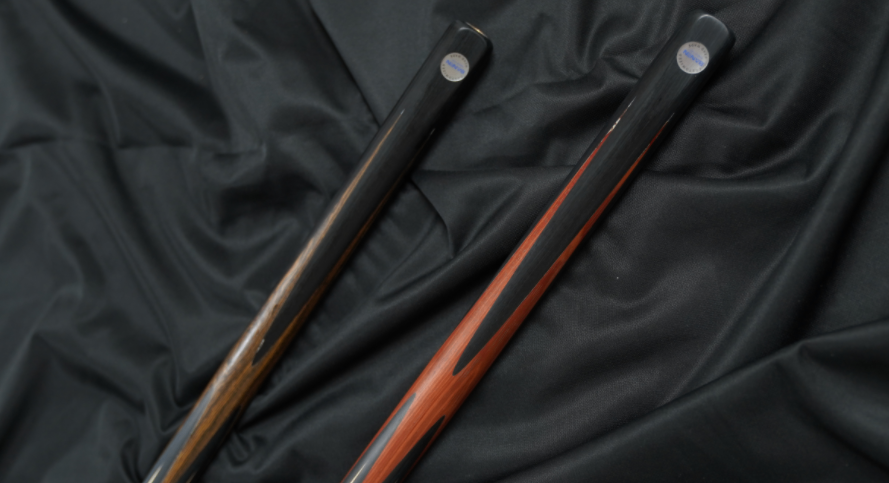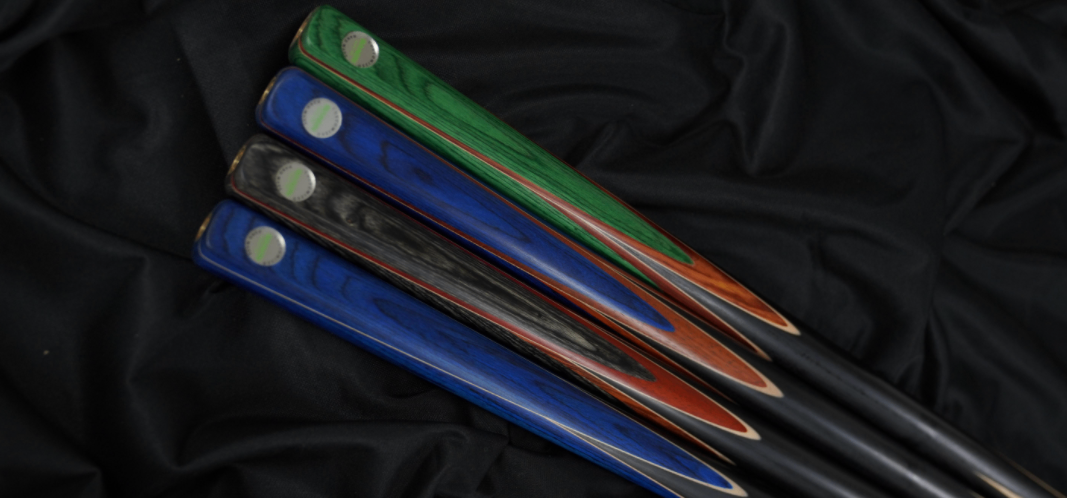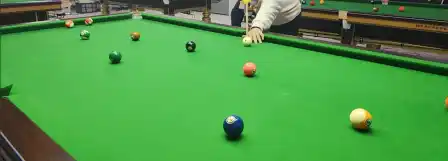When it comes to snooker, the cue is the most important piece of equipment—it directly affects your feel and performance. With so many cues available at different price points, choosing the one that offers the best value can be overwhelming. Many friends ask me things like, “How’s the quality?” “Is it easy to use?” or “Is it worth buying?” I can confidently say that the right cue can significantly boost both your skills and confidence. That crisp, precise feel when striking the ball is what makes you fall in love with snooker.
Good value doesn’t mean just buying any cue. You need to consider the material, craftsmanship, and feel. Durability is also essential—no one wants a cue that cracks or warps after a few games. A well-made cue can last for years, accompanying you through every step of your progress.

Choosing the Right Cue
Start with the material. High-quality cues often feature a butt made from North American ash wood. This wood is strong and resilient, helping to stabilize your shots and improve accuracy.
Next, focus on feel and balance. A comfortable grip and well-balanced weight are crucial for shot control. Beginners may prefer a split-cue design, which is easier to transport and maintain.
Craftsmanship also matters. Check that the joints are tight and the surfaces are smooth—these details can make a noticeable difference in playability. If your budget allows, consider cues from reputable brands for greater assurance of quality. Most importantly, try several cues to see which one feels right in your hands.

Durability and Accessories
Durability can’t be overlooked. A high-quality cue, crafted with care, will last for years. Also, don’t forget about accessories like the tip and chalk—they directly affect your shots. For frequent players, a cue case and cleaning cloth are wise investments to keep your cue in top condition.
Choosing a snooker cue is like selecting a lifelong companion. Take your time to find the one that fits your style and grip perfectly—it will grow with you as your skills improve.
Selecting a cue is as much an art as it is a science. Keep these guidelines in mind, experiment with different options, and you’ll find the cue that feels just right. Once you do, every game will be more enjoyable and every shot more satisfying.


